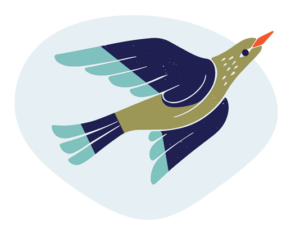
Curiosity and Connection
With our belief that everyone has meaningful stories to share, we invest in the growth of writers. The relationships we form, the creative potential we uncover, and the stories we nurture stem from our responsive talents. Through curiosity and expert listening, we find and celebrate the details that inspire confidence.
Authenticity and Insight
We model close attention and honest self-reflection. As writers, we know these practices lead to insights that forever reshape our understanding of ourselves and our experiences.
Voice and Integrity
In helping writers to find and develop their distinct stories, we align our teaching with common standards of academic integrity. Respecting and encouraging the writer’s unique voice is intrinsic to our coaching.
Imagination and Process
Imagination is our workshop and our meeting place. We teach ways of seeing that close the distance between the self and others. Our commitment to process turns the possible into the actual.
